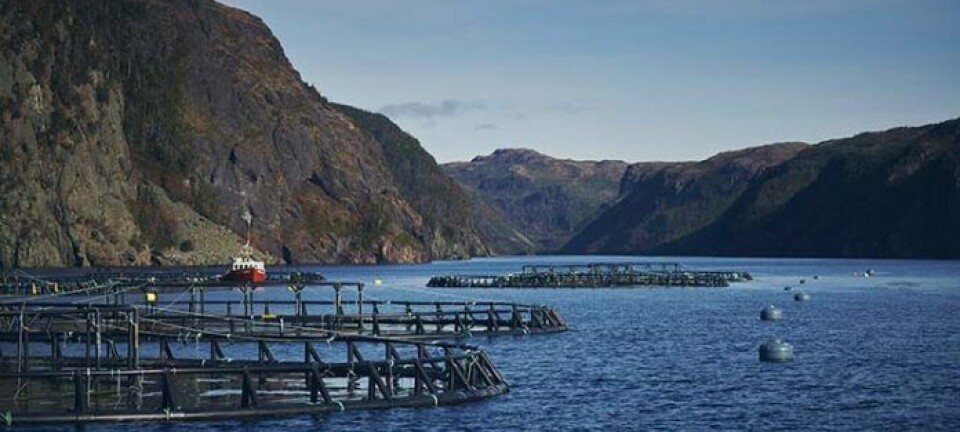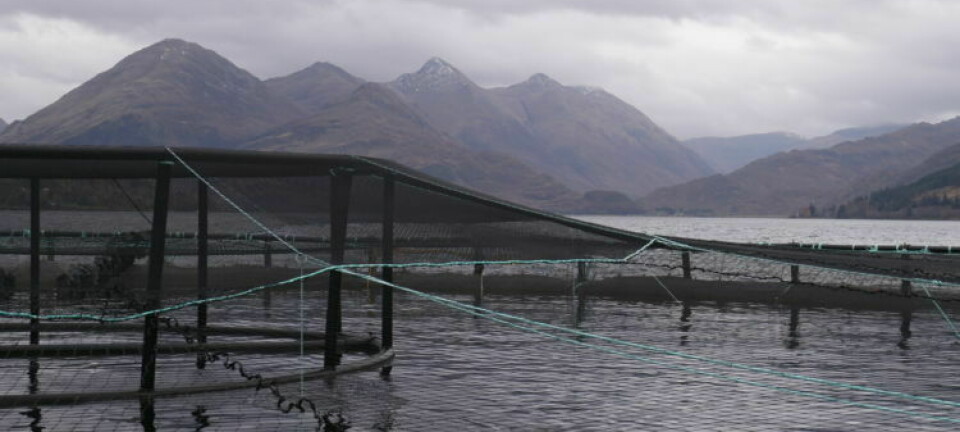How does availability all year round help RAS systems?
A comment by Jonas Jonasson, Stofnfiskur, Iceland
Optimization with 3600°D for 80 gram smolt. Variable smolts size, arctic areas, reduce sea lice treatments. Different hemisphere Disease free-Biosecurity Selective breeding Qtl? The key to future RAS systems in salmon farming is ova availability all seasons. This has changed the requirements of the eggs producers. What is your opinion of the new RAS systems, do you think it is the future. How do your ideas help to optimize these systems? Stofnfiskur has been working with the industry for over 20 years now with the aim to offer a year round supply of salmon eggs. We see now that the recent developments in new RAS sys
tems are revolutionizing the future developments in Atlantic salmon farming. 15 years ago the RAS technology was not that advanced mainly due to problems associated with degassing of carbon dioxide (CO2), super saturation of nitrogen and removing particles from the tanks. The latest systems I have seen seem to have taken that into account. Freshwater is no longer as available as it was before as regulations in many countries have changed, especially in regards to cleaning of effluent water in regards to waste. With the consolidation now happening in the industry there is more demand for bigger farms mainly to optimize the production and improve logistic issues related to transport of smolts. One big farm is much more efficient in lower production cost compared to many smaller farms distributed over vast arias. This development changes the requirements towards egg producers both in terms of biosecurity and availability of eggs all seasons. The most modern RAS systems require 5-6 intakes with 2-3 months interval of ova every year to be run with as low production cost as possible. Vertical transmission of diseases with eggs is hazardous towards all smolt farms as it affects the whole production to market size. That puts additional bio secure measures on egg producers forcing them on land with the broodstock securing them away from traditional production systems in the sea where all our traditional diseases are present. Recent results show that smolts from RAS systems have a more uniform smolt quality then smolts from flow through farms. A client of ours in Norway got eggs in September 2011 and put smolts in the sea 9 months later in June demonstrating less than 1% loss in the sea in the first 10 weeks of entry compared to 6-7% loss of S1 smolts entering into sea cases in the same aria. This has been demonstrated for many years in the Faroe Islands who now are at present running the most profitable salmon farming in the world. We in Iceland have over 30 years’ experience in land based farming and see clearly the advantage of producing larger smolts up to 300 grams for traditional cage farms. I have a great doubt that we can go much bigger with smolts on land due to logistic problems of transporting large smolts. Larger smolts will help us reduce the production time in the sea reducing the treatment cost related to delousing until we conquer the sea-lice problems facing the industry today. RAS will clearly help in optimizing smolts size for various hemispheres.























































